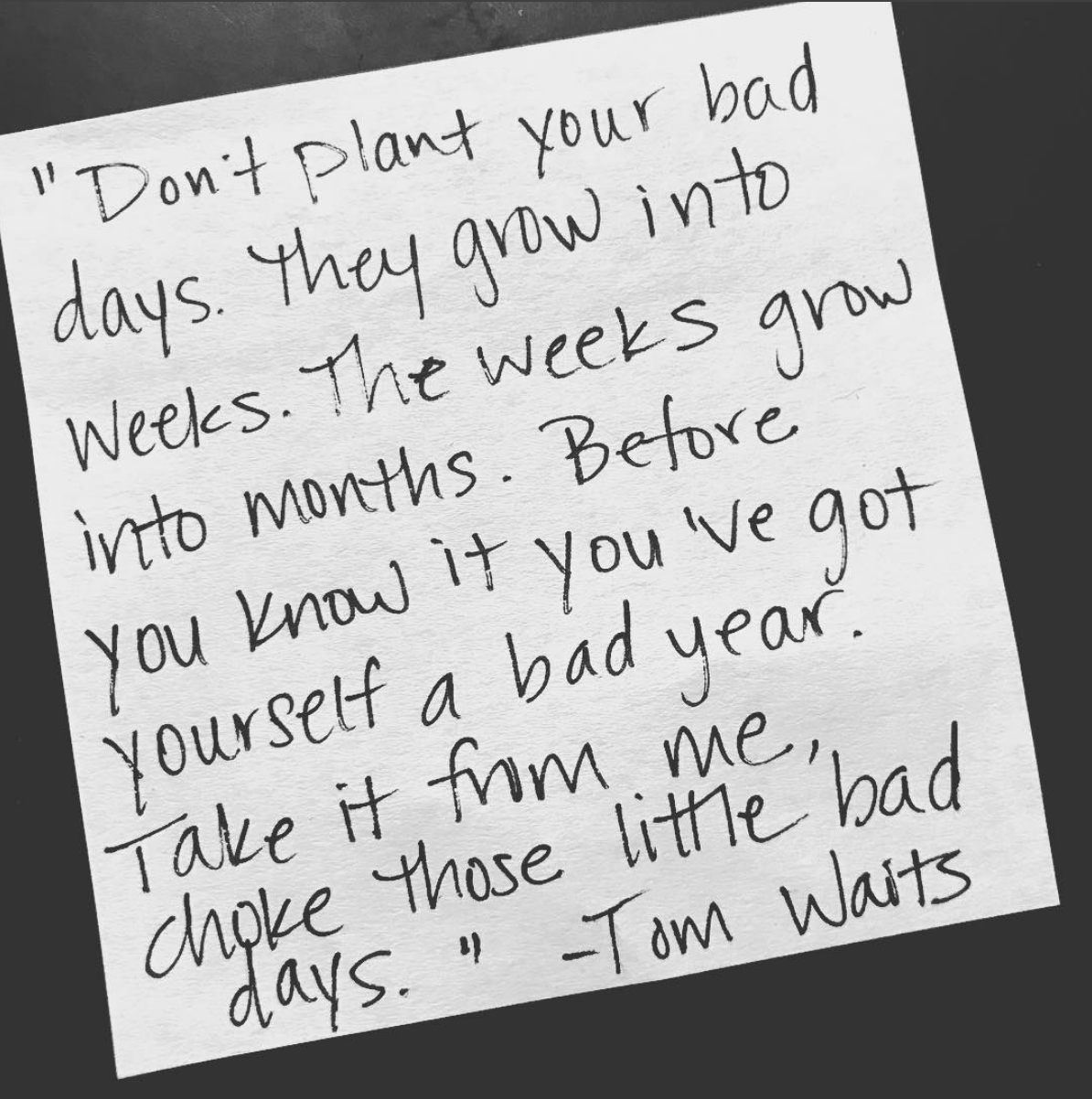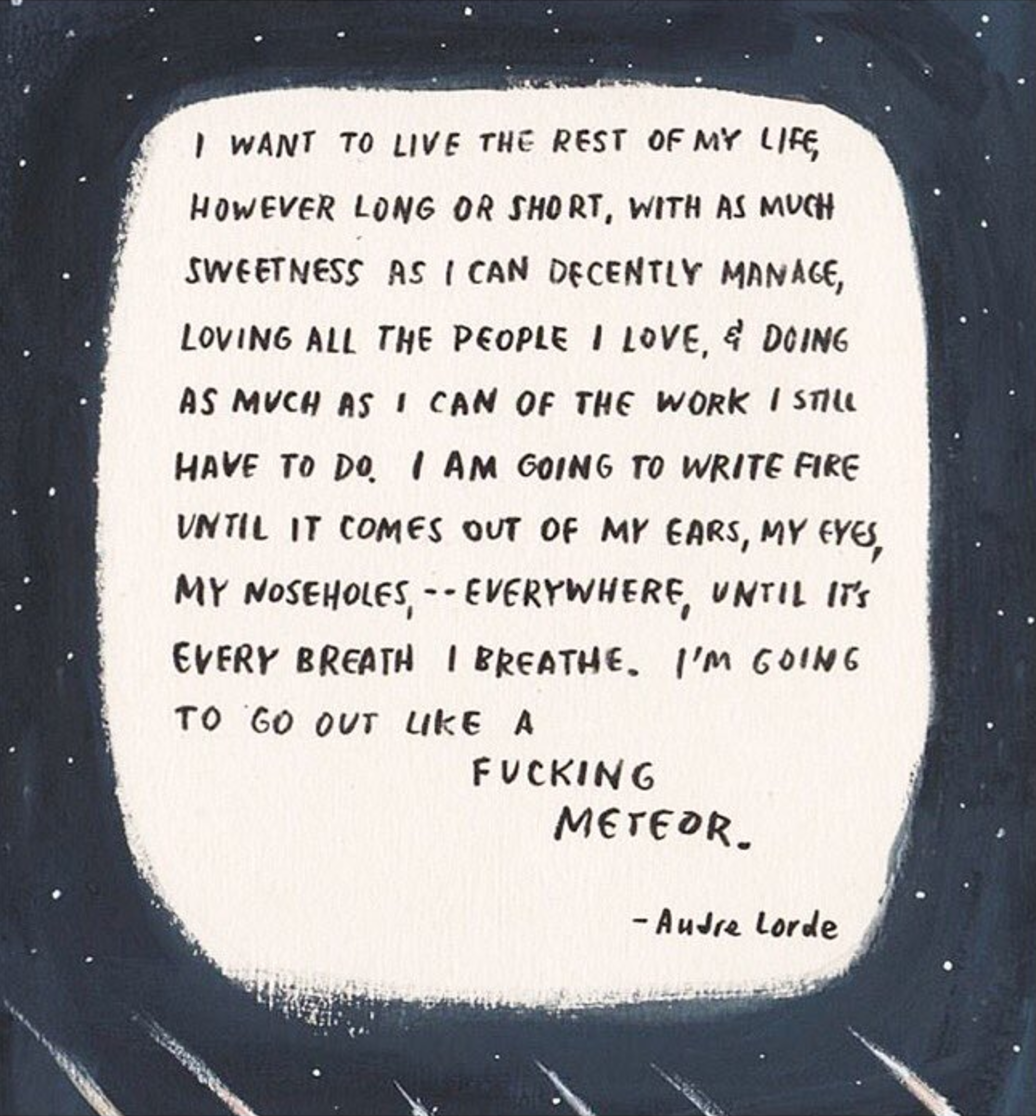I don’t remember when I started using the terms “Glows” and “Grows” for reflection. When I try to trace it back in my work (and in my head), I think it came from my friend and she-ro Buffy Hamilton and the phenomenal work that she does with students and teachers. Whatever their origin, glows and grows have become my way of thinking of positive and critical feedback and reflection. I use this both during professional learning experiences that I facilitate and personally as I’m trying to be a more reflective practitioner.
I describe glows as the positive things we see, feel and hear. Whether it’s an artifact, lesson plan, student work or an experience we’re commenting on, there’s always something glowing. Grows are not quite the opposite of glows, or at least I don’t like to think of them that way. To me, a grow is anything that can be suggested to elevate the work or experience. I like to think of it this way because it leaves room for feedback even on the most amazing things we see, feel, hear and experience.
Each time I facilitate a learning experience with educators, I do a final evaluation at the end of the session. Both because my supervisor expects this data and because I want to know how the experience I designed resonated (or didn’t) with my colleagues or audience. We have a standard evaluation through Google Forms that we use in all of our school and district PD projects. At the beginning of this school year, I considered the questions I was asking at the end of PD sessions and decided that I would add a few more questions to my evaluations. I am very interested in sustainability – the idea that after I leave once the PD is done, the momentum and excitement created will carry on. That the people I’ve had the opportunity to interact with will continue to feel empowered, inspired and move to a model of redelivery and delivery for their colleagues and peers. Basically, I want to make sure the learning doesn’t stop once I leave a place.
Some of the questions I have added to my evaluations to solicit more qualitative data are:
- What did you learn today that you will use to inform your instruction and design learning experiences for your students?
- What did you learn or accomplish today that you will teach or share with a colleague?
- How have you shared what you learned at the last FI PD session with your colleagues or students (or even people outside of the building)?
- How have you found ways to elaborate and expand on what you learned at the last FI PD session in new and different ways?
- In what way(s) have these FI PD sessions impacted or changed your practice? If they haven’t, please explain why.
I realize that by adding extra questions structured around sustainability, I am opening myself up to critical feedback. To me, however, this is a necessity. I aim for growth and the only way I can get there is to ask and then act on the feedback I’m given.
It occurred to me during a recent conversation with a dear friend in which he asked me some specific things about the way I approach my evaluations and reflective practice, that I have yet to share my specific process for reflecting on feedback.
I like to look at my evaluations the day after I facilitate PD. This gives me time to rest and reflect before I take into account how the learning experience resonated with educators. I collect my evaluation data through simple Google Forms. This data feeds into spreadsheets. I have an evaluation for the first day of PD (the kickoff or session 1), an evaluation for the sessions in between and a final evaluation for the last PD session with a group. All three types of evaluations are separate, but feed into one spreadsheet (in separate tabs). This allows me to sort and look at individual contracts or look at PD as a whole.
When I begin unpacking data, I use a simple coding system to quickly mark the comments, suggestions and questions that I want to come back to during my reflection. I mark grows with green – this is anything that gives critical insight into how the learning experiences could have been improved. Grows include things like what people found most challenging, learning that they are still yearning for, suggestions for making the session more comfortable and what they would’ve changed about the experience. Then I study the data for glows, which I mark in yellow. For the glows, I don’t include every positive comment. Instead I try to focus on the qualitative data that gives actionable praise. I tend to mark comments about how the learning experience will inform instruction, what they learned that they will share with colleagues, how they will expand upon their learning and how their practice has changed as a result of the session(s).
I immediately use this data to create reflective notes for the district’s or school’s upcoming PD sessions. These notes are also great when I have planning meetings with district and school leadership about the direction we are headed.
After creating my notes and spending time reflecting on the experience, I collect all of the glows and grows into a separate spreadsheet. This spreadsheet has a tab for glows and one for grows. On each sheet, I have a row for each separate contract. I add to them on a revolving basis, inserting dates and my own notes and comments. The purpose of these sheets is to collect all of the data in one place where I can look at it over the course of an entire school year (or contract). At the end of a district or school’s contract, I will examine the data to get a complete picture of the work’s effectiveness, educator growth and suggestions for sustainability for them moving forward. This data helps me see if changing my practice based on the feedback I received, makes each forthcoming session more effective. I also use it to help me answer two major questions I’ve been focusing on:
- Are you doing/designing/creating work you’re proud of?
- How is your work (not you) impacting the future, building something, and empowering others?
While this approach is simplistic, it helps me to focus on the work and how this work helps the educators I serve feel engaged, challenged, inspired, intelligent and empowered.

 We all have them. Days where imposter syndrome sneaks in and we feel like we don’t deserve our place. Days where even the best laid plans fall short. Days where we fail and instead of searching for the silver lining, we wallow and force ourselves to suffer defeat. I have days where the professional development I’ve painstakingly planned, down to the very last detail doesn’t resonate with my audience. I have days where I’m knee deep in content development and the ideas just won’t come.
We all have them. Days where imposter syndrome sneaks in and we feel like we don’t deserve our place. Days where even the best laid plans fall short. Days where we fail and instead of searching for the silver lining, we wallow and force ourselves to suffer defeat. I have days where the professional development I’ve painstakingly planned, down to the very last detail doesn’t resonate with my audience. I have days where I’m knee deep in content development and the ideas just won’t come.









